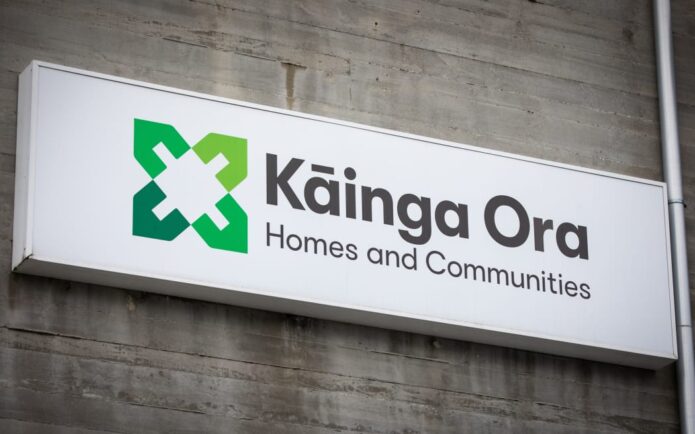PHOTO: Currently around 50% of existing loans (by value) are fixed. FILE
The steady flow of across NZ who have had to stomach higher interest rates each time they come up to a loan repricing has been a constant theme in property and personal finance for some time now.
Here are five of the key issues facing borrowers.
- The ‘refinancing wave’ remains significant in 2023
Currently around 50% of existing loans (by value) are fixed but due to be repriced within the next 12 months, and another 10% are floating. In other words, about 60% of loans are likely to see a further rise in interest rates over the next year or so. Clearly, this means that many households will need to readjust their budgets and that will remain a restraint on the wider housing market for a while yet.
- The increase in mortgage rates is likely to be substantial
We don’t know precisely when all of these borrowers originally took out their loans, and therefore the starting interest rates they are changing from. However, if we make the reasonable assumption that a lot of borrowers have simply been on a series of rolling one-year fixes, the change that many will be seeing as they reprice is still in the vicinity of 2-3% for most of 2023. As an example, for somebody repricing from 4% a year ago to 6.5% now, the increase in mortgage repayments on a $500,000, 30-year mortgage, would be around $9,275 per year.
- Mortgaged households are showing resilience
Even though there are clearly financial challenges looming for many households over the coming months, it’s worth noting the repricing process seen to date has been fairly smooth. So far, loan repayment problems and non-performing debt on the banks’ books remains very low, even though many borrowers have already moved from the ultra-low 2-2.5% rates onto a higher level. However, we should still be mindful of recent Centrix data reporting a lift in borrowers missing repayments.
- Minimal job cuts will be a helpful buffer
Over the coming months, the unemployment rate is expected to rise – which at face value, will make it tougher to maintain the smooth repricing path. However, on the Reserve Bank’s projections, this isn’t expected to be about mass job losses. It’s actually about more people coming into the labour force, but struggling to find work as new job creation slows down.
In other words, people who already have a job and a mortgage should be somewhat insulated over the coming months, helping them to manage higher repayments. But it’ll be tricky for new entrants to the labour market who might be aspiring to own a home.
Another potential piece of relative comfort comes from the Reserve Bank data on interest-only (IO) lending. Both in terms of the flow of new lending and the stock of existing loans, IO activity remains ‘controlled’. As we saw post-COVID, a shift of some borrowers onto IO terms could also be a temporary buffer this time around too.
- Pay attention but don’t panic
We’ll be keeping a close eye on this repricing process, and watching for any signs that bad debts are appearing which might potentially lead to mortgagee sales (although even that is a last resort). But the projected resilience of employment is a helpful buffer, and by the end of the year, we suspect that this mortgage repricing flow will have become less of an issue – as most repricing events from then on will be from ‘high to high’ in terms of mortgage rates, rather than the ‘low to high’ as we’re currently seeing.
For the latest property insights visit corelogic.co.nz/news.
MOST POPULAR
- Leo Molloy fumes at police
- Claims about Jacinda Ardern’s wealth
- THE ANCIENT STONE CITY: Proof of NZ civilisation before Kupe
- Auckland 6th least affordable major housing market in world
- Terry Serepisos in trouble again
- Abandoned land for sale
- 2022 Australia’s 250 wealthiest individuals | The Rich List
- He sometimes struggled to pay staff, but owns a $4m holiday home
- Billionaire Graeme Hart gets on housing development bandwagon
- 10 Best Nudist Beaches in New Zealand
















